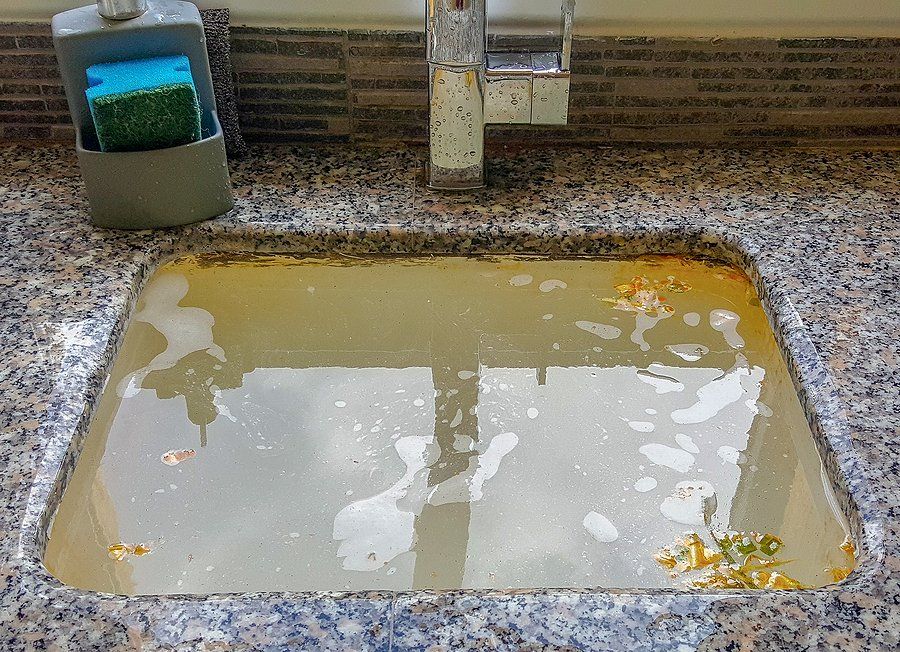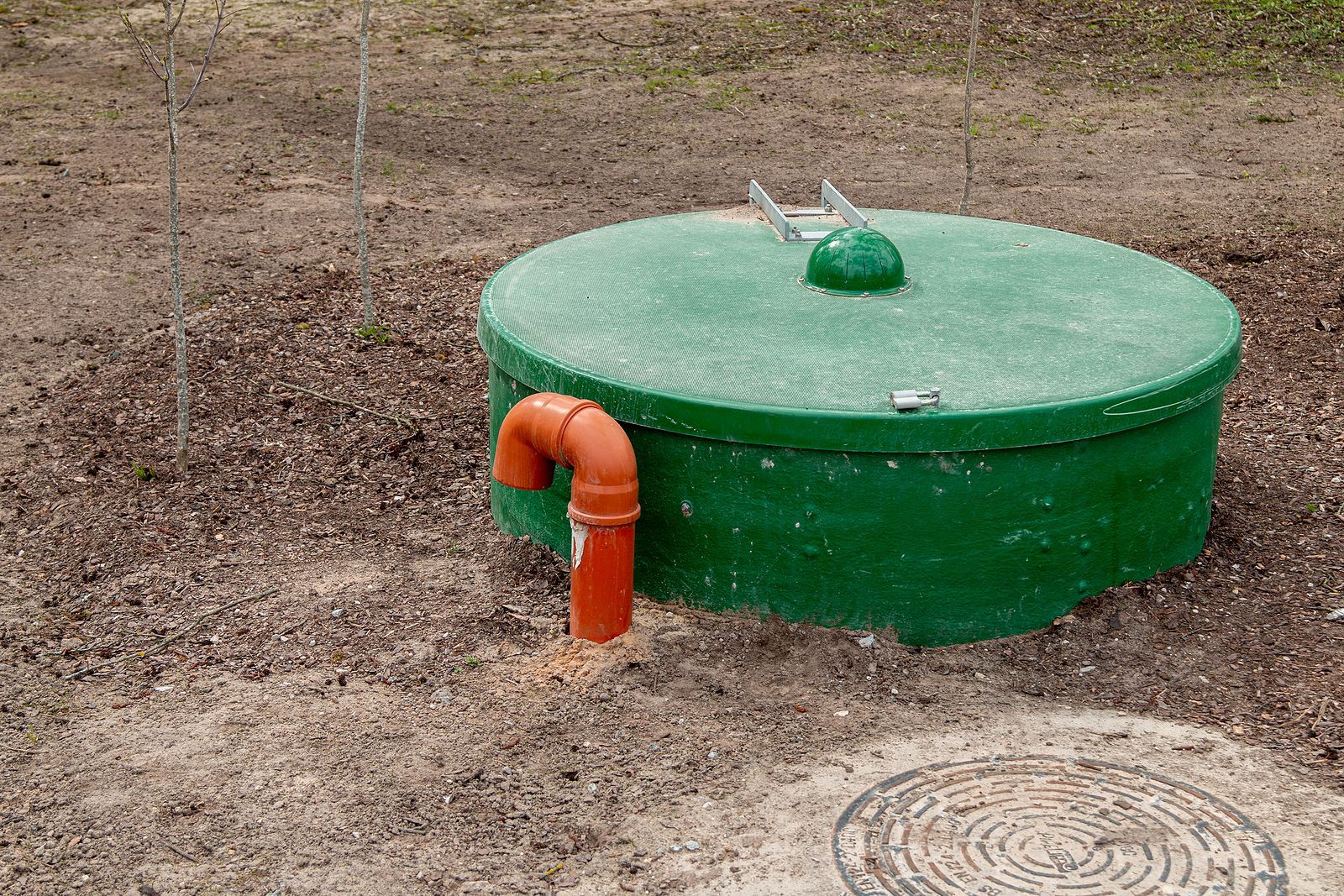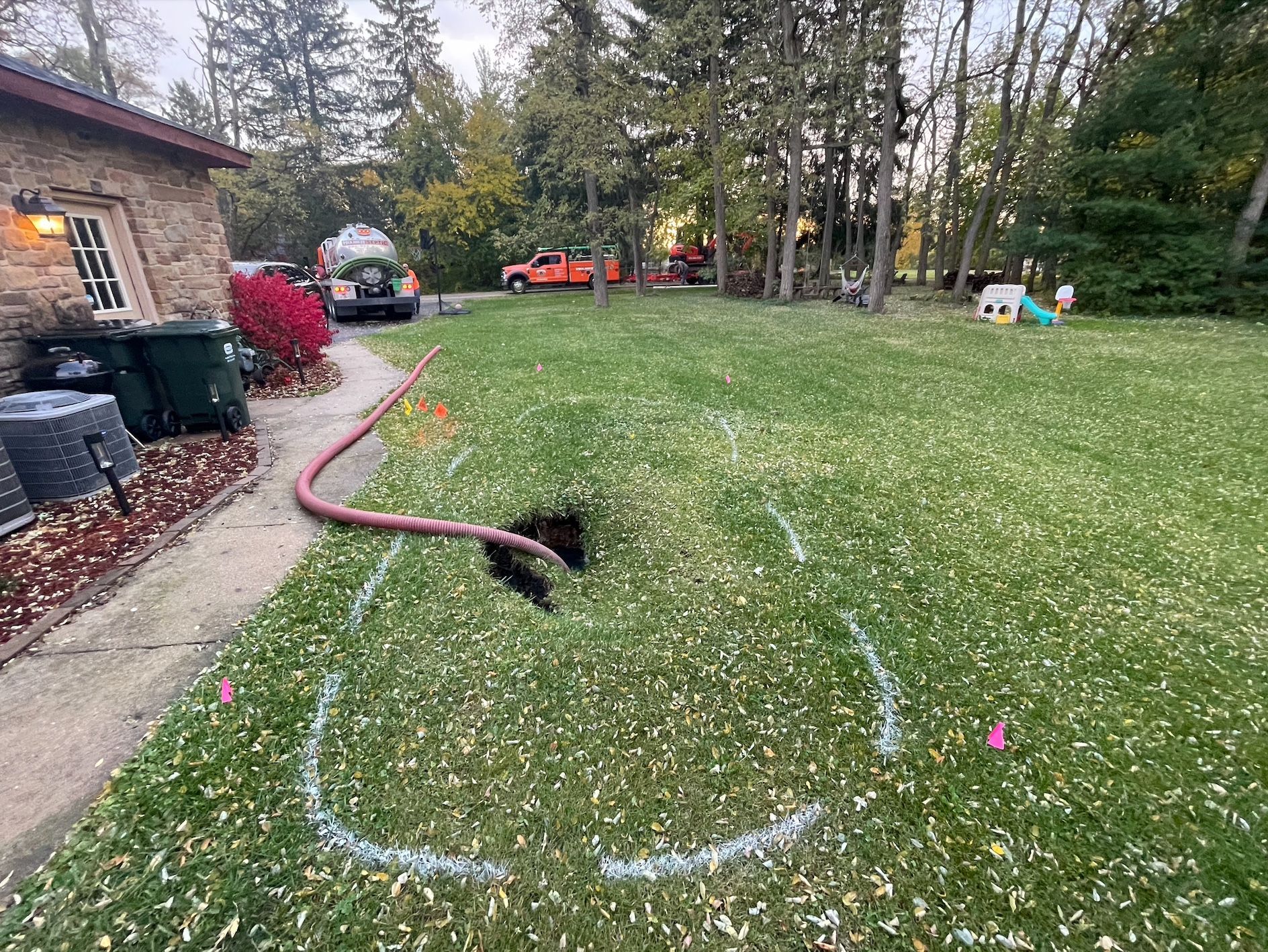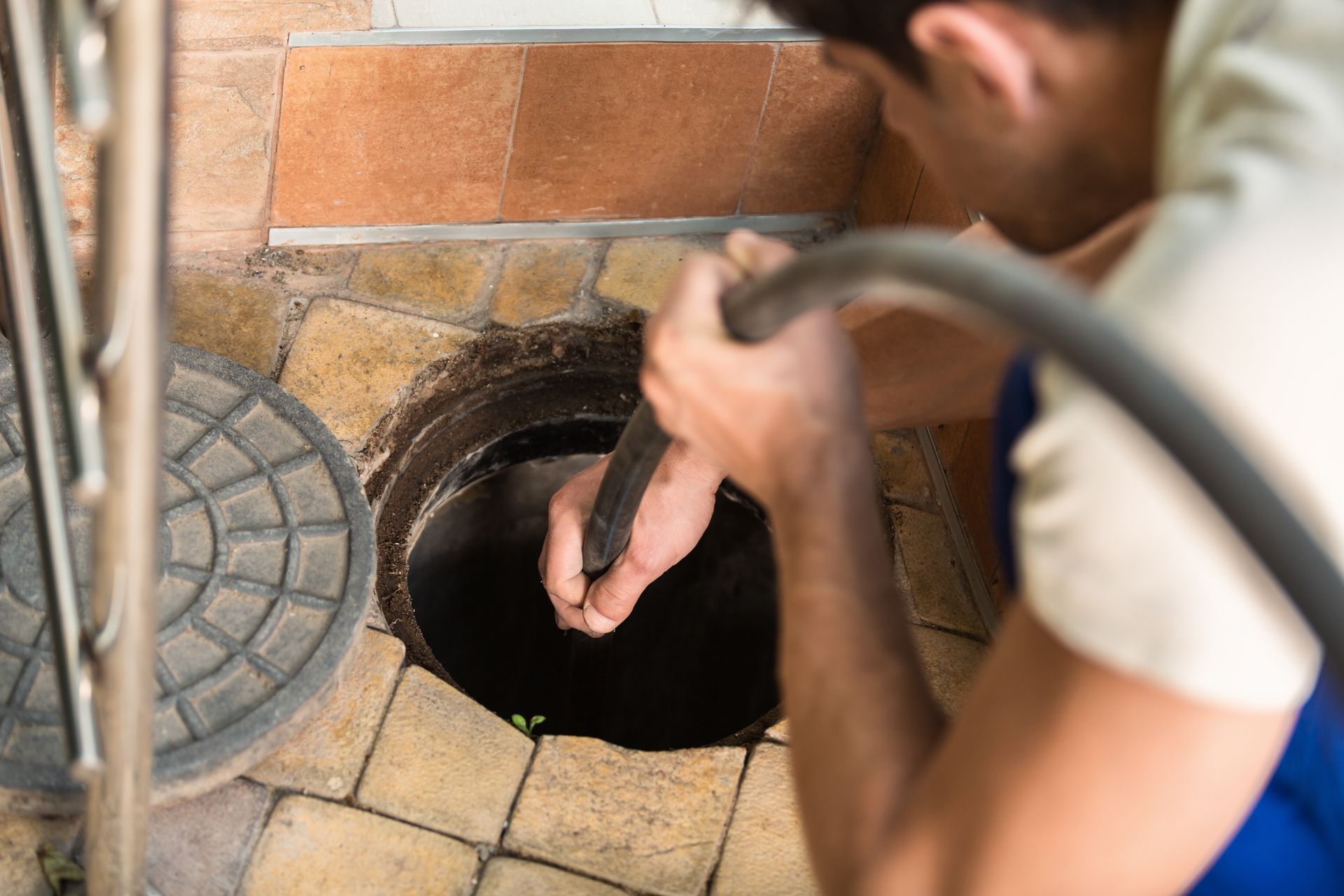October 8, 2025
How to Keep Your Septic System Running Strong in Cary, IL If you live in Cary, IL, you know that a reliable septic system isn’t just a convenience — it’s essential. At Helmer Septic, we’ve been proudly serving homeowners and businesses across McHenry County, Lake County, and surrounding Illinois communities for years. From septic installation near you to routine septic tank pumping near me and system repairs, our goal is to help Cary residents avoid costly surprises and keep their systems running smoothly year-round. Here’s how you can extend the life of your system and why regular professional service matters. 1. Schedule Regular Septic Tank Pumping in Cary, IL Even the best septic systems fill up over time. Routine septic tank pumping near you keeps your system healthy and prevents backups into your home or yard. For most homes in Cary, we recommend pumping every 3–5 years, depending on household size and water usage. When you call Helmer Septic in Cary, IL, our team will inspect your tank, remove solids safely, and make sure everything is flowing the way it should — keeping your property sanitary and stress-free. If you’ve been searching online for “septic tank pumping near me” or “septic cleaning near you”, we’re your trusted local experts. 2. Choose Professional Septic System Installation Building a new home or replacing an old system in Cary? Our septic system installation services near me are customized for local soil conditions and Illinois environmental codes. We’ll help you select the right system size, placement, and materials to ensure efficiency and longevity. Every installation includes precision excavation, quality components, and thorough post-install inspection — all done by licensed professionals who understand Cary’s unique soil and weather patterns. 3. Don’t Wait to Fix Small Problems – Call for Septic Maintenance & Repair Many homeowners don’t realize that small septic issues — like slow drains or unpleasant odors — can quickly become major problems. That’s why we offer full septic maintenance and repair services near you in Cary, IL. Our technicians can replace baffles, repair cracked lids or pipes, clean filters, and restore drainfield performance before costly damage occurs. Regular maintenance is the key to avoiding emergency repairs and keeping your system reliable. If you’re looking for “septic repair near me” or “septic service near you”, Helmer Septic is always nearby with fast response times and trusted expertise. 4. Improve Efficiency with Septic Aeration Services If your system is struggling, septic aeration services in Cary, IL can restore balance and extend its lifespan. Helmer Septic installs and maintains aeration units that boost bacterial activity and improve wastewater breakdown — a great option for older systems near you that need improved performance. Aeration also helps reduce odors and improve system efficiency in high-water-use households and commercial properties. If you’ve been searching “septic aeration near me”, our Cary-based team can assess your system and recommend the right solution. 5. Septic Solutions for Businesses in Cary, IL Commercial properties have unique wastewater needs, and Helmer Septic’s commercial services are designed to handle them safely and efficiently. From restaurants and offices to manufacturing facilities, we manage installation, pumping, and ongoing maintenance to keep your system compliant and running properly. If your business in Cary, Crystal Lake, Fox River Grove, or Algonquin relies on a septic system, contact us for commercial septic service near you — we’re the local experts business owners trust. 6. Local Tips: How to Protect Your Septic System Year-Round Living in Cary, IL, means dealing with a mix of heavy rains, freezing winters, and humid summers — all of which can affect your septic system. Follow these simple tips to keep your system in top shape: Spread out laundry and water-heavy chores throughout the week Never flush wipes, hygiene products, or grease Keep vehicles, sheds, and patios off your drainfield Schedule regular pumping and inspection Fix leaks right away to avoid overloading your system If you need “septic maintenance near me” or simply want peace of mind that your system is working properly, Helmer Septic has you covered. Why Cary, IL Homeowners Trust Helmer Septic Local expertise – We understand Cary’s soil, codes, and drainage patterns. All-in-one service – Installation, pumping, maintenance, repair, aeration, and commercial services near you. Licensed and experienced – Our technicians bring decades of hands-on experience in septic care. Fast response – We serve Cary and nearby areas with dependable scheduling and emergency support. Whether you’re maintaining your system or planning a replacement, Helmer Septic in Cary, IL is the trusted name for quality, reliability, and local expertise. Contact Helmer Septic Today We proudly serve Cary, IL, Crystal Lake, Algonquin, Fox River Grove, and all nearby areas. Call 224-888-POOP to find septic experts near you today.





